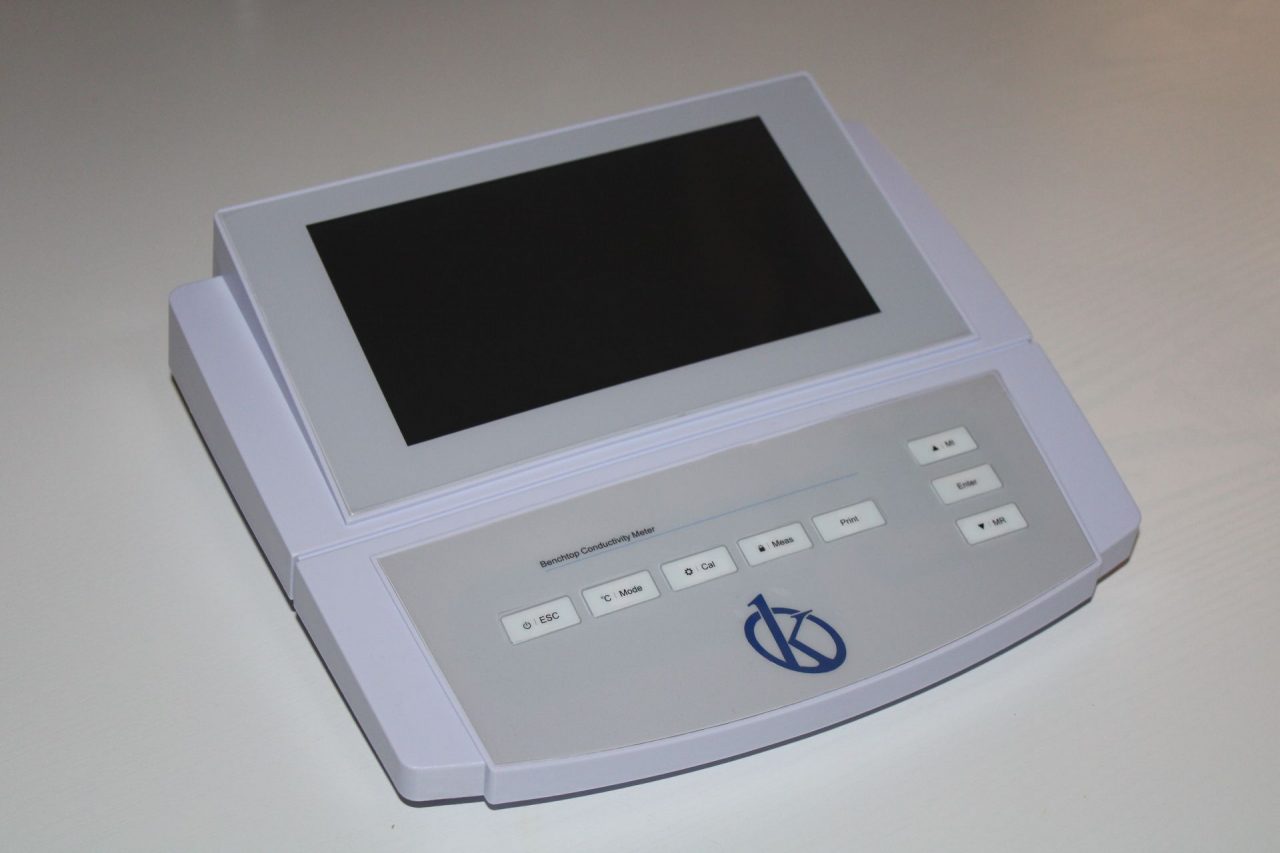The autoclave is an equipment that works by high pressure, in order to transfer heat to the products placed inside it and cause sterilization. Invented in 1879 by Charles Chamberland, the first autoclave was capable of a pressure cooker. But the autoclave has evolved a long way, from basic machines to computerized engineering masterpieces of sterilization.
Today, hospitals, laboratories and medical offices use autoclaves to sterilize solid and hollow equipment, supplies, liquids and waste. And in the chemical industries, autoclaves vulcanize rubber, cure coatings, and synthesize crystals, as in the growing quartz and synthetic gem industries.
Functions of Autoclaves
Autoclave sterilization handles coagulation in the form of highly pressurized vapor, to change proteins within microorganisms. Therefore, its mechanism, lies in function of the method to sterilize, among them:
- Steam autoclave: it is a metal device with thick walls, with hermetic closure, that allows working with high pressure and high temperature water vapor, to sterilize instruments, medical, laboratory material, food, etc. It has attached devices, to measure the pressure, temperature and heating elements, to keep it warm. They must be preheated before use in order to be thermally prepared for cycles.
- Gas autoclave: meets sterilization through an ethylene oxide (EO) gas molecule, reacts with a microbial DNA and destroys it. The process controls variable parameters: gas concentration, temperature, relative humidity and exposure time. The guarantee of disinfection depends on its ability to spread freely in a product and container. All materials must be placed in permeable containers, which allow the gas to intuit the sterile barrier system, and reach all surfaces of the device or product.
Differences between Steam and Gas Autoclave
Autoclaves are equipment in charge of sterilizing products from a medical perspective, however, their methods are different. And that’s the case with steam and gas autoclaves.
In this sense, the steam autoclaves work basically through saturated water vapor, at pressures of 15 pounds, allowing the chamber to reach a temperature of 121ºC. Its steam sterilization system achieves the death of all microbial life forms, including bacteria and their highly resistant forms, fungi and viruses. Death means the irreversible loss of the reproductive capacity of the micro-organism.
On the other hand, gas autoclave sterilization is used to sanitize medical and pharmaceutical products, unable to withstand conventional high temperature sterilization, such as modules that add electronic components, containers or plastic containers. Ethylene oxide (EO) sterilization is breathed into the packaging of the products themselves, to kill the microorganisms that remain after the production or packaging process. This gas, when mixed with air in a ratio of at least 3 % OE gas, forms an explosive mixture. The boiling point of pure gas is 10.73 ºC at atmospheric pressure.
Kalstein branded autoclaves
At Kalstein, we are able to meet the demands of our users in the selection of laboratory equipment. We offer you, the Vapor Autoclaves, corresponding to the YR series, with multiple attractive features, such as its great functionality and attractive design, in addition to its structure, is horizontal and the form of heating is electric. It consists of a sterilization room, housing, door, steam generator, piping system, control system, digital display system and power supply system. It also has a pressure gage, real-time pressure display. PID processor control, fully automatic operation. Digital display of working status: pressure, time, temperature, water level, error code, touch type key, among others.
To learn more about our products, visit HERE
At Kalstein, as manufacturers, we provide all the advice our customers need, so that their purchase is ideal, and at excellent prices.
Come visit us at HERE

